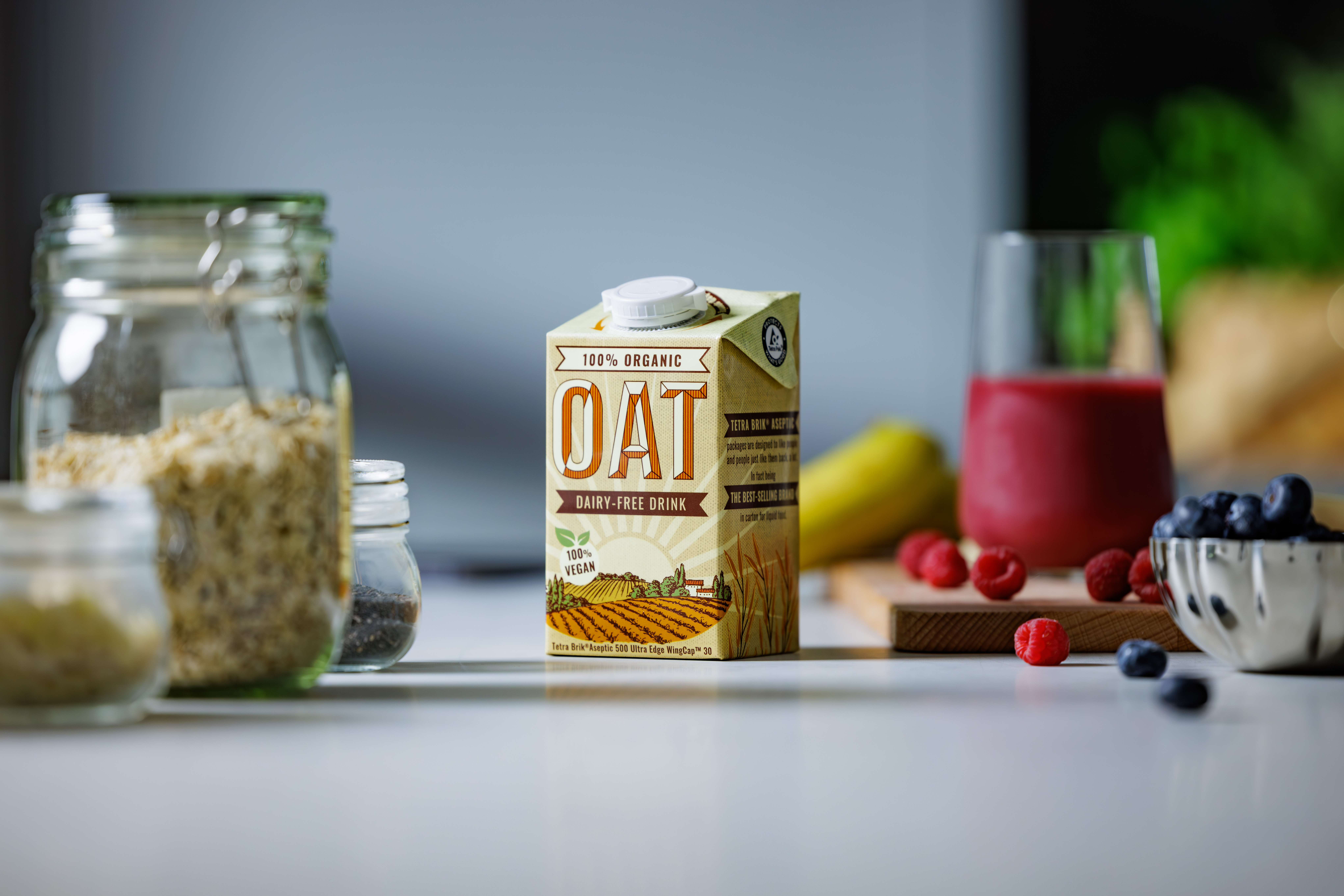Paperboard Coating
Paperboard used in packaging is often coated with a mixture of clay, calcium carbonate, and latex to create a print-friendly surface. The coating retains ink particles while allowing the solvent to pass through the paperboard. To optimise this function, it’s essential to understand how the coating’s 3D microstructure affects mass transport.
Stochastic Modelling of 3D Coating Structures
Analyzing coating properties requires detailed imaging and characterisation. The coating typically consists of latex-bound particles with pore sizes from tens of nanometers to a few micrometers, forming an interconnected network. Focused ion beam scanning electron microscopy (FIB-SEM) provides high-resolution 3D imaging by sequentially capturing 2D cross-sections as the sample is milled layer by layer. This allows visualisation of individual particles and reconstruction of the 3D structure.
While simulations of mass transport can be run on segmented images, preparing multiple samples with different properties is time-consuming. A more efficient approach is to use a parametric model to generate virtual 3D structures that replicate the material’s properties. These virtual models are faster and cheaper to explore and complement real data. A parametric tessellation-based stochastic 3D model has been developed (Townsend et al., 2021), showing strong agreement with real structures in both geometry and transport behaviour.
This approach offers a powerful and efficient way to explore and optimise coating materials beyond the limitations of physical experiments.

“Lorem ipsum dolor sit amet consectetur. Donec viverra sed non elit commodo. Mi potenti et ut fringilla vestibulum amet vestibulum pulvinar nec”
Want to know more?
Please reach out to one of our experts in the field


Related publications
Explore some publications related to the concept.